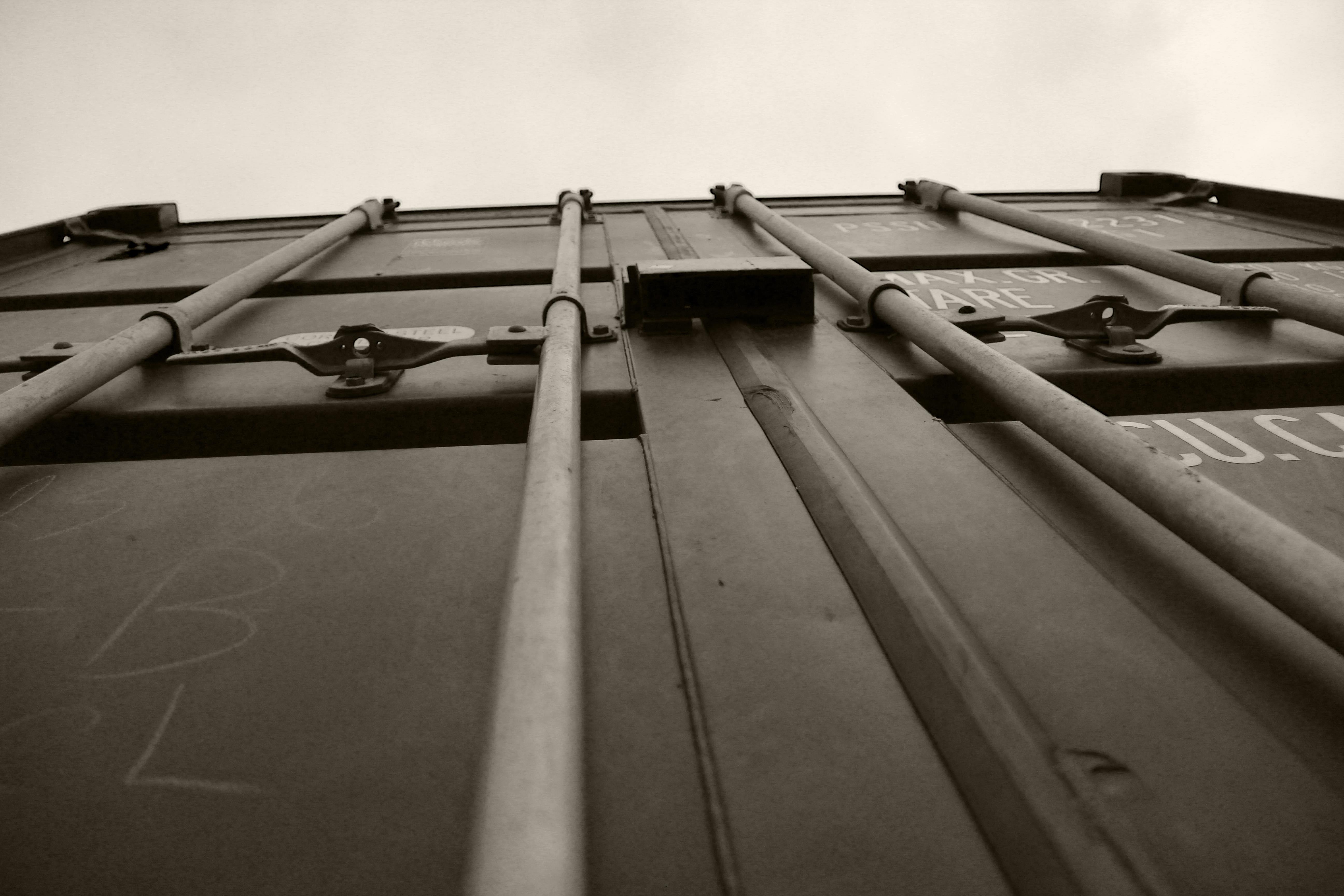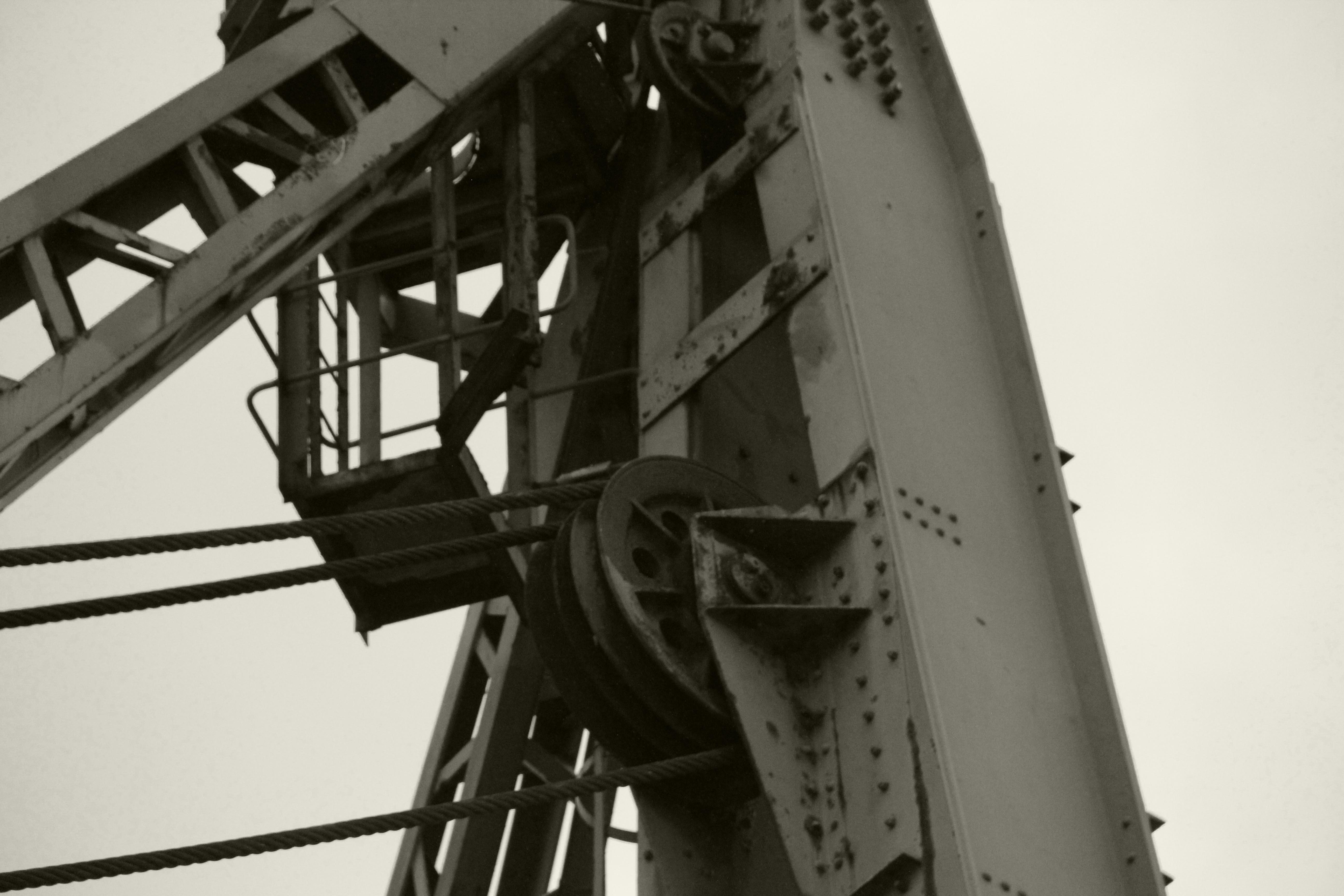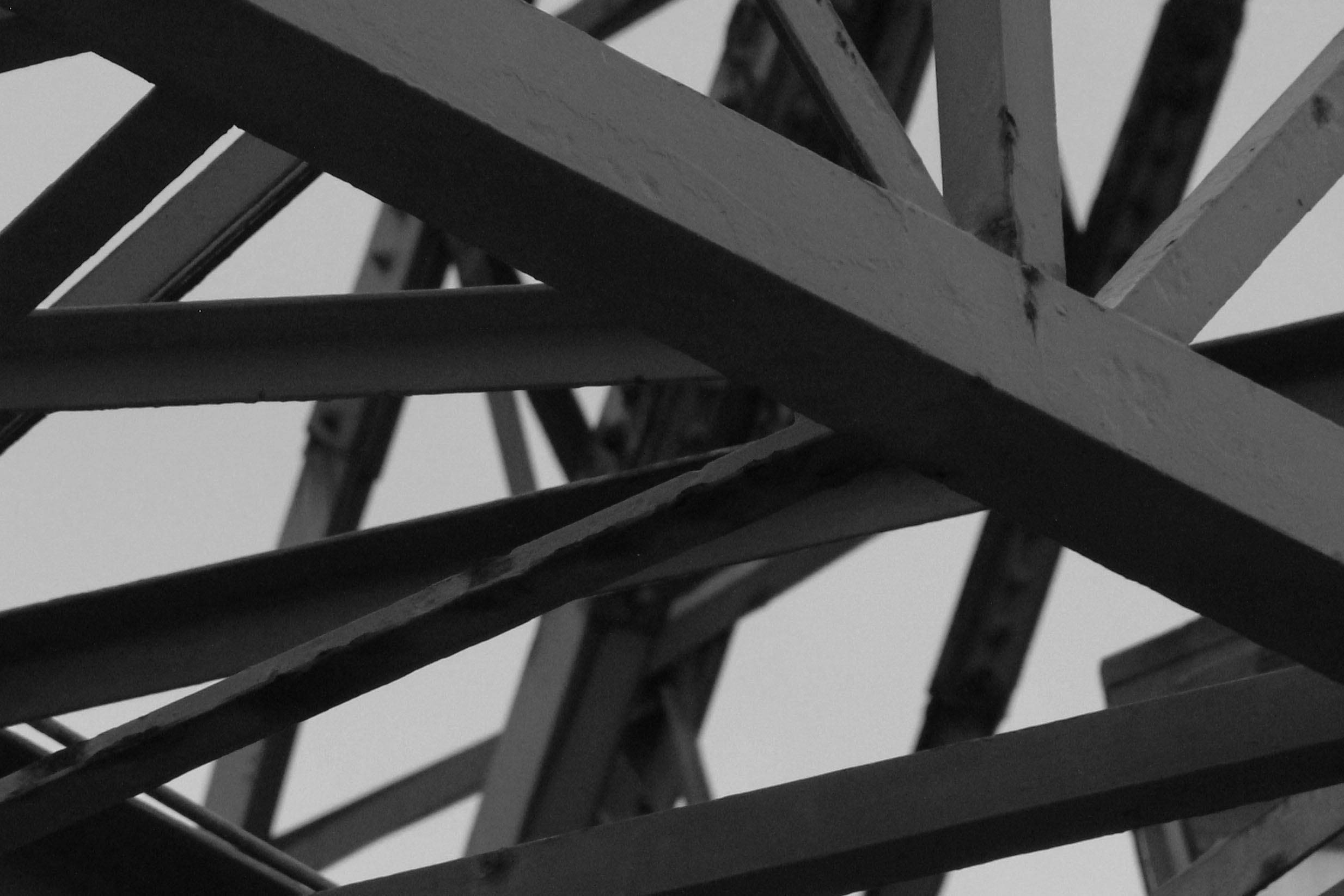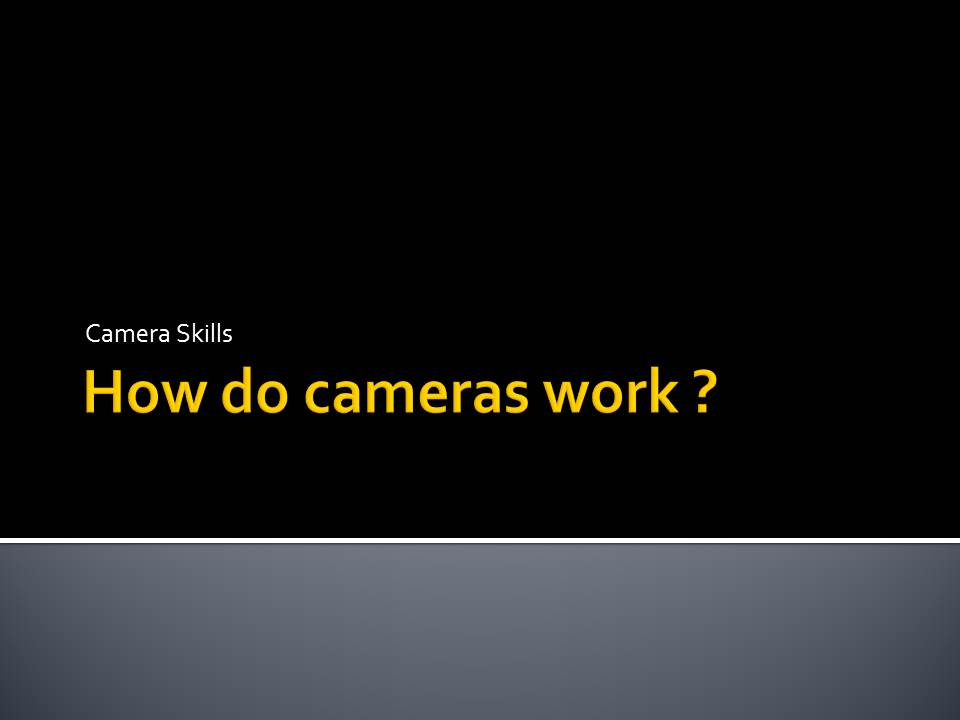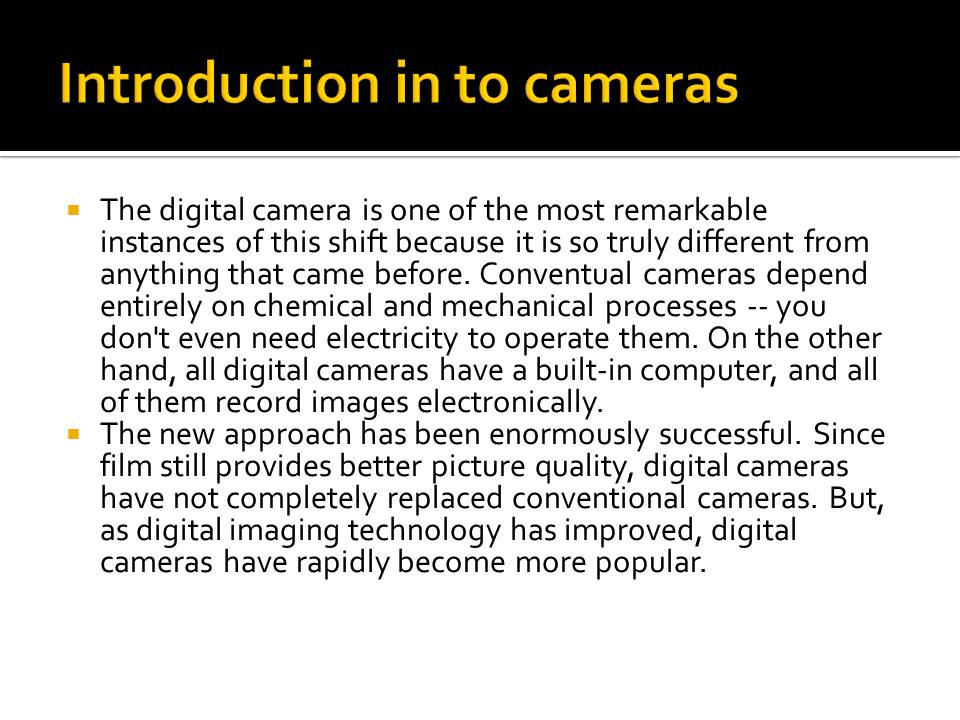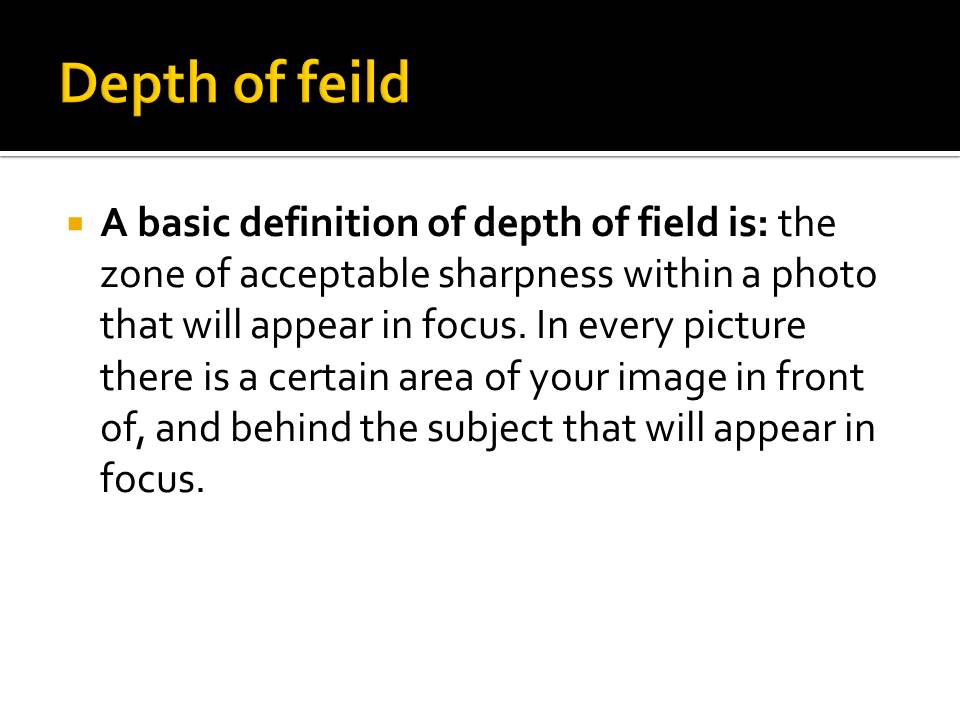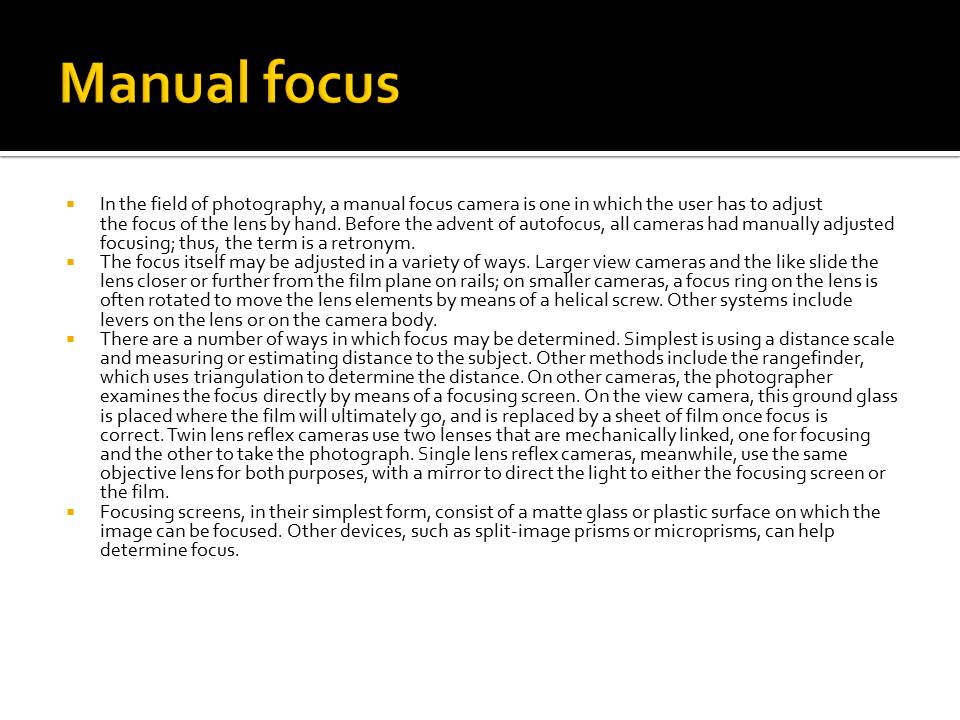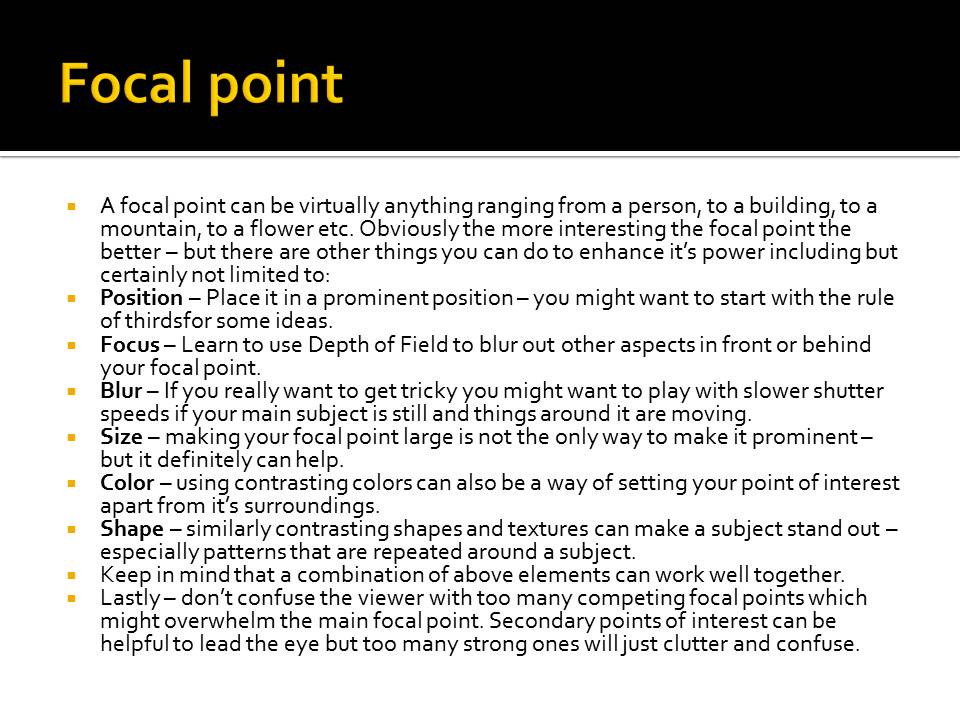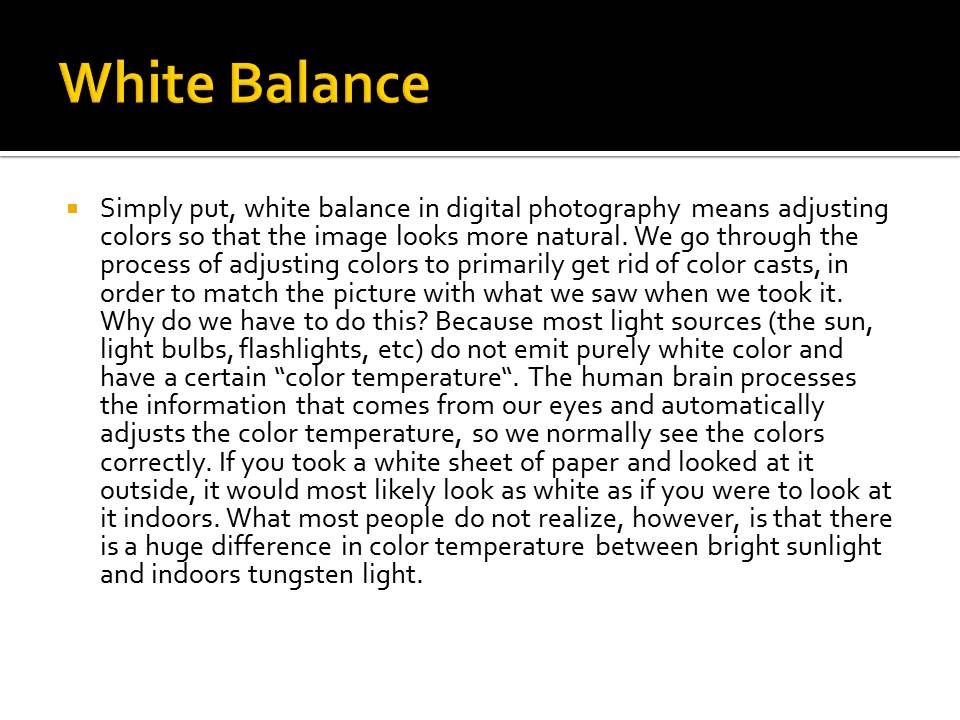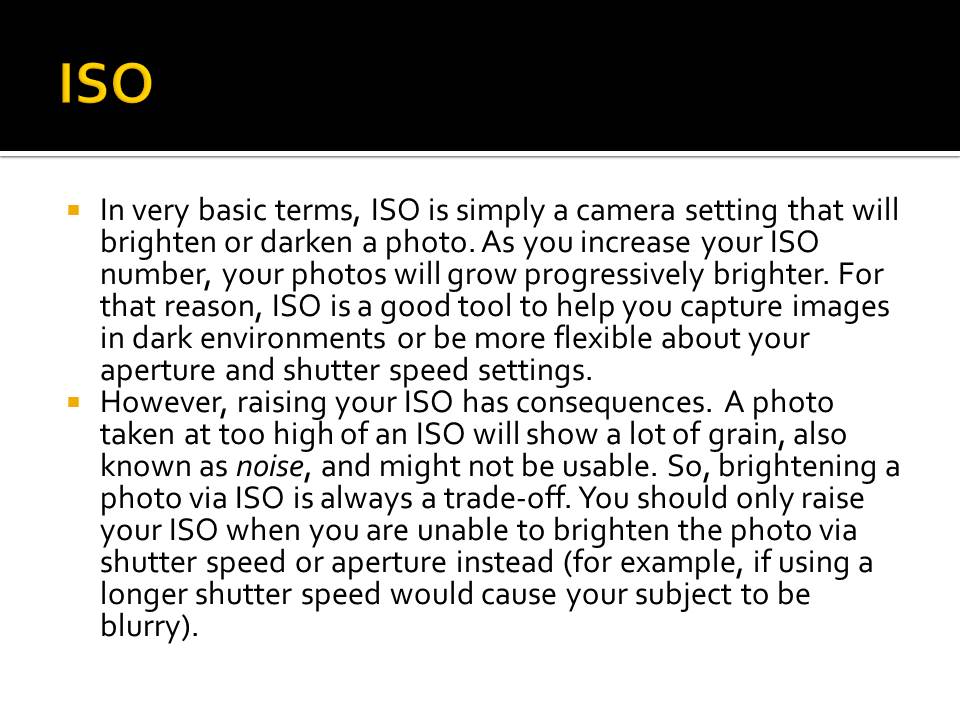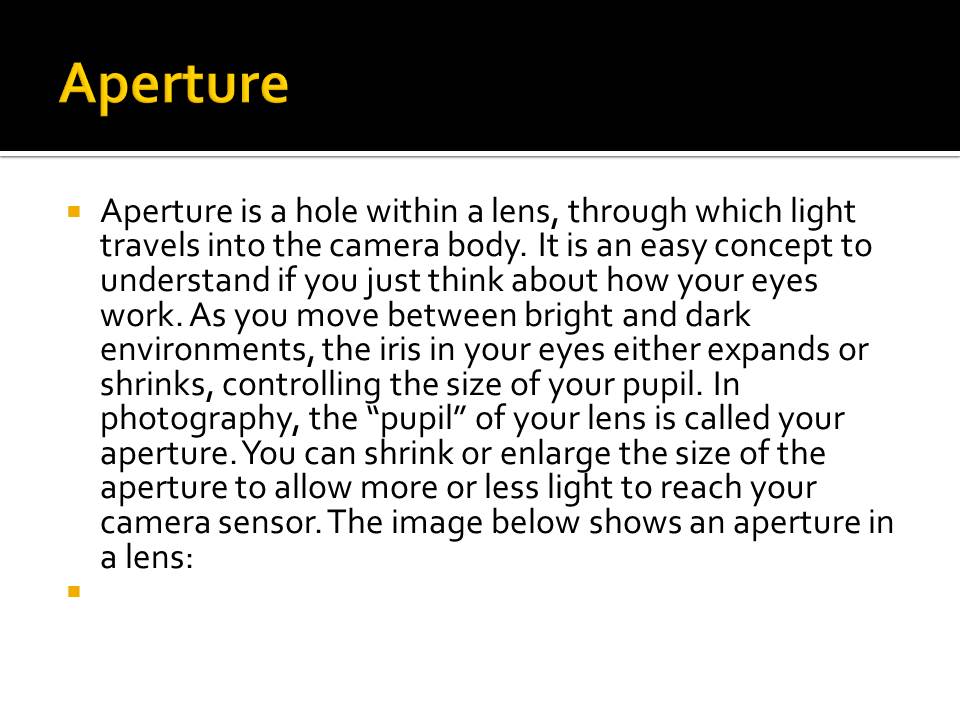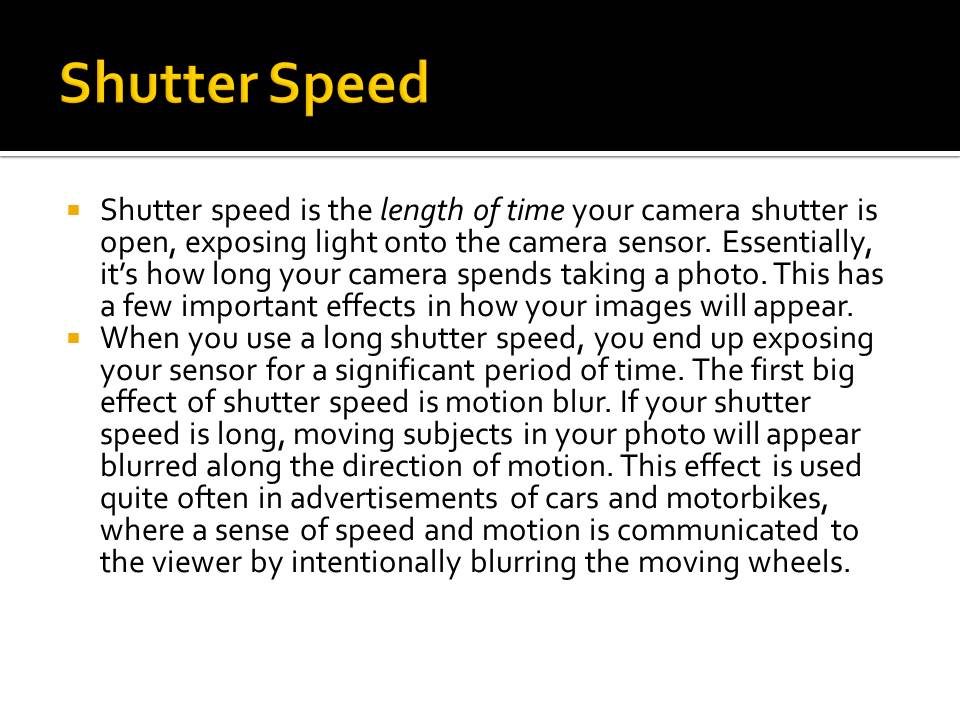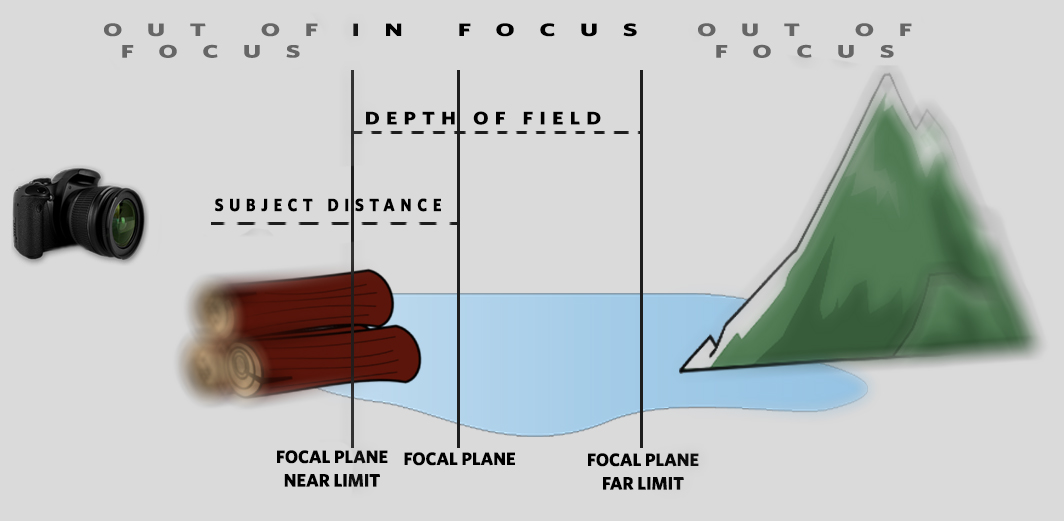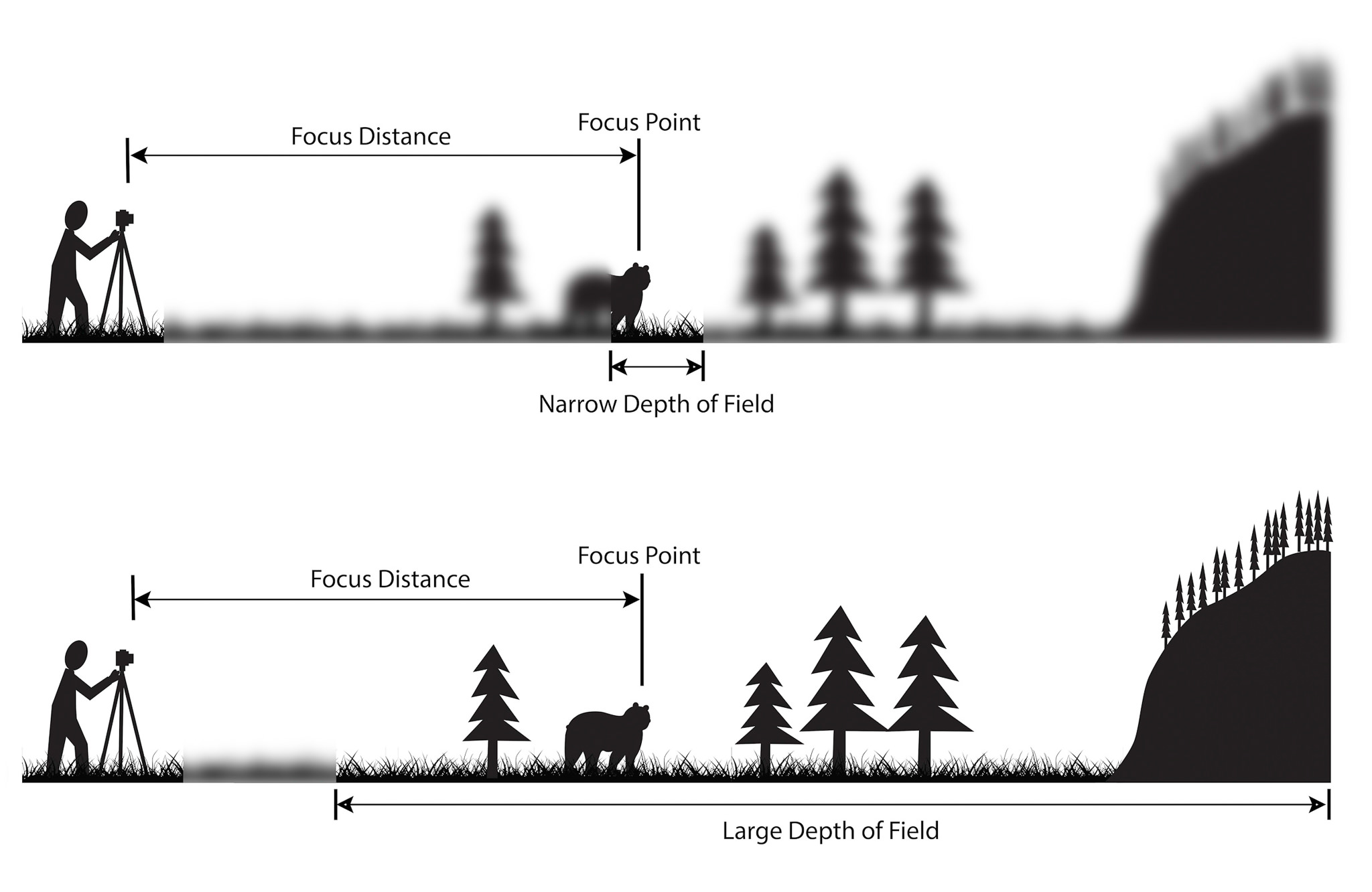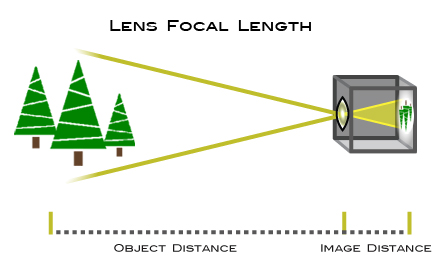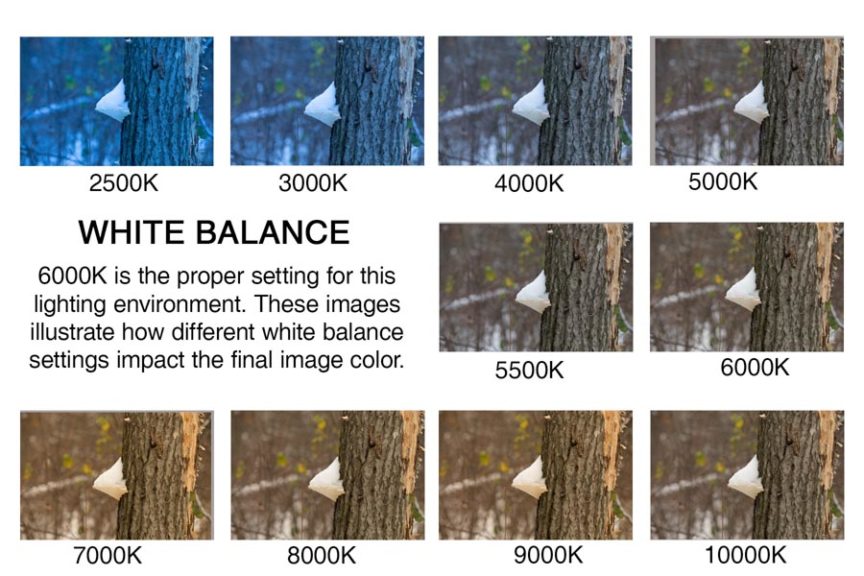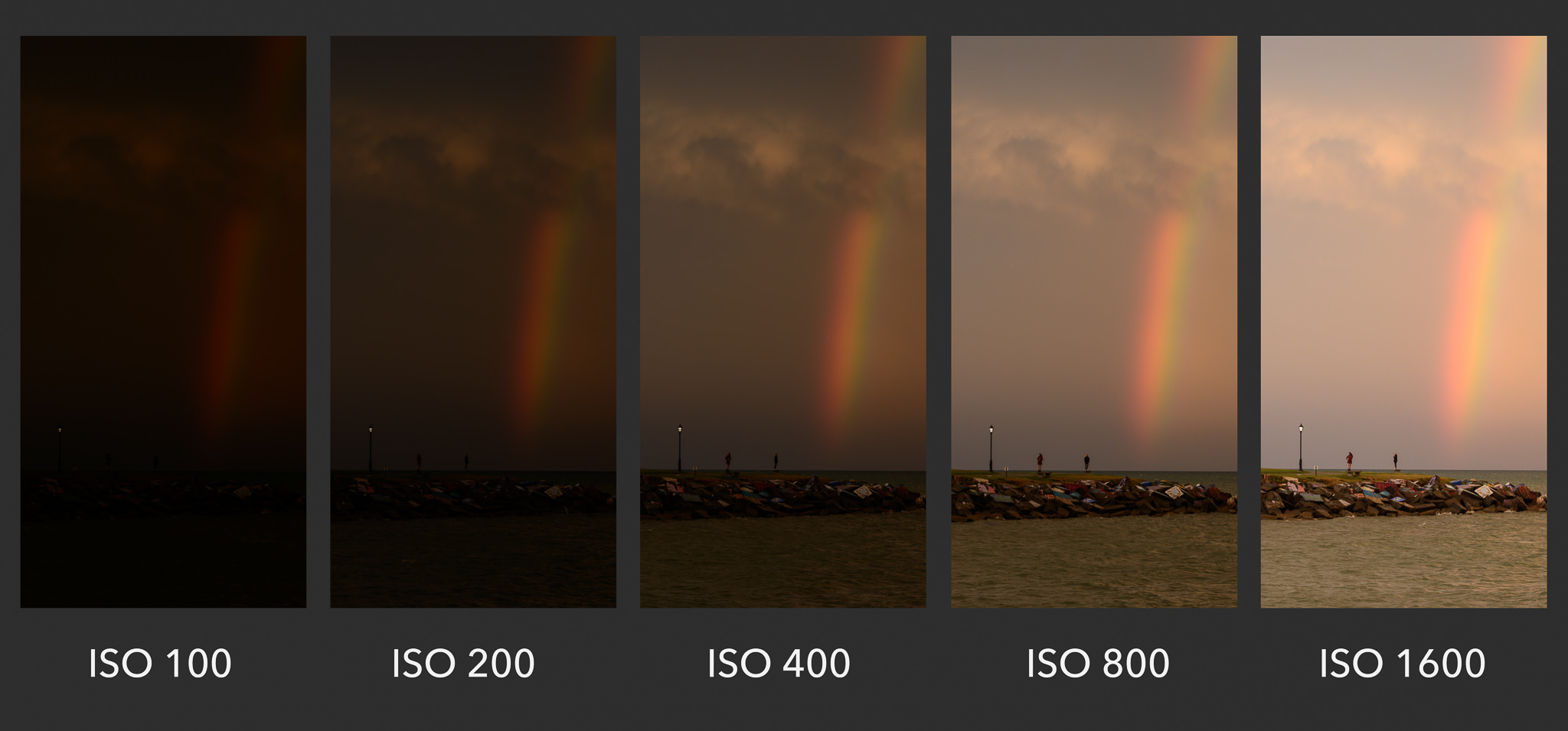Albert Renger-Patzsch
Albert Renger-Patzsch was a German photographer associated with the new objectivity.
In its sharply focused and matter-of-fact style his work exemplifies the esthetic of The New Objectivity that flourished in the arts in Germany during the Weimar Republic. Renger-Patzsch believed that the value of photography was in its ability to reproduce the texture of reality, and to represent the essence of an object. He wrote: "The secret of a good photograph—which, like a work of art, can have aesthetic qualities—is its realism ... Let us therefore leave art to artists and endeavor to create, with the means peculiar to photography and without borrowing from art, photographs which will last because of their photographic qualities.
https://en.wikipedia.org/wiki/Albert_Renger-Patzsch
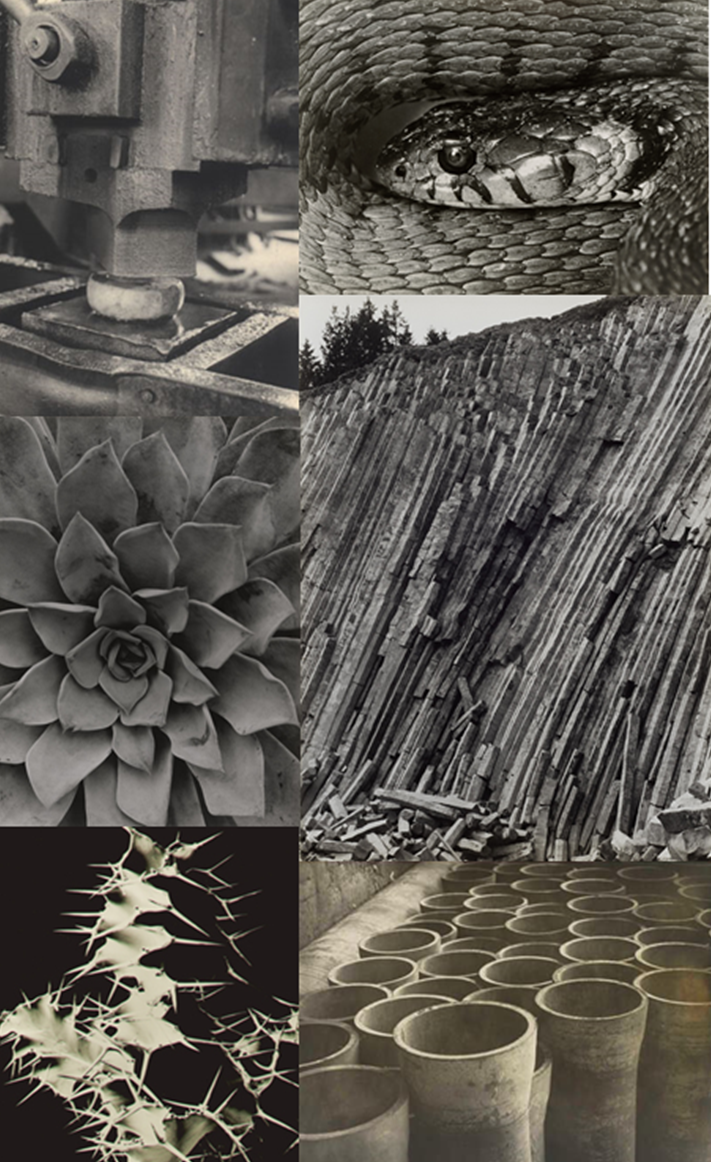
The New Objectivity:
The New Objectivity (in German: Neue Sachlichkeit) was a movement in German art that arose during the 1920s as a reaction against expressionism. These artists rejected the self-involvement and romantic longings of the expressionists, Weimar intellectuals in general made a call to arms for public collaboration, engagement, and rejection of romantic idealism.
https://en.wikipedia.org/wiki/New_Objectivity
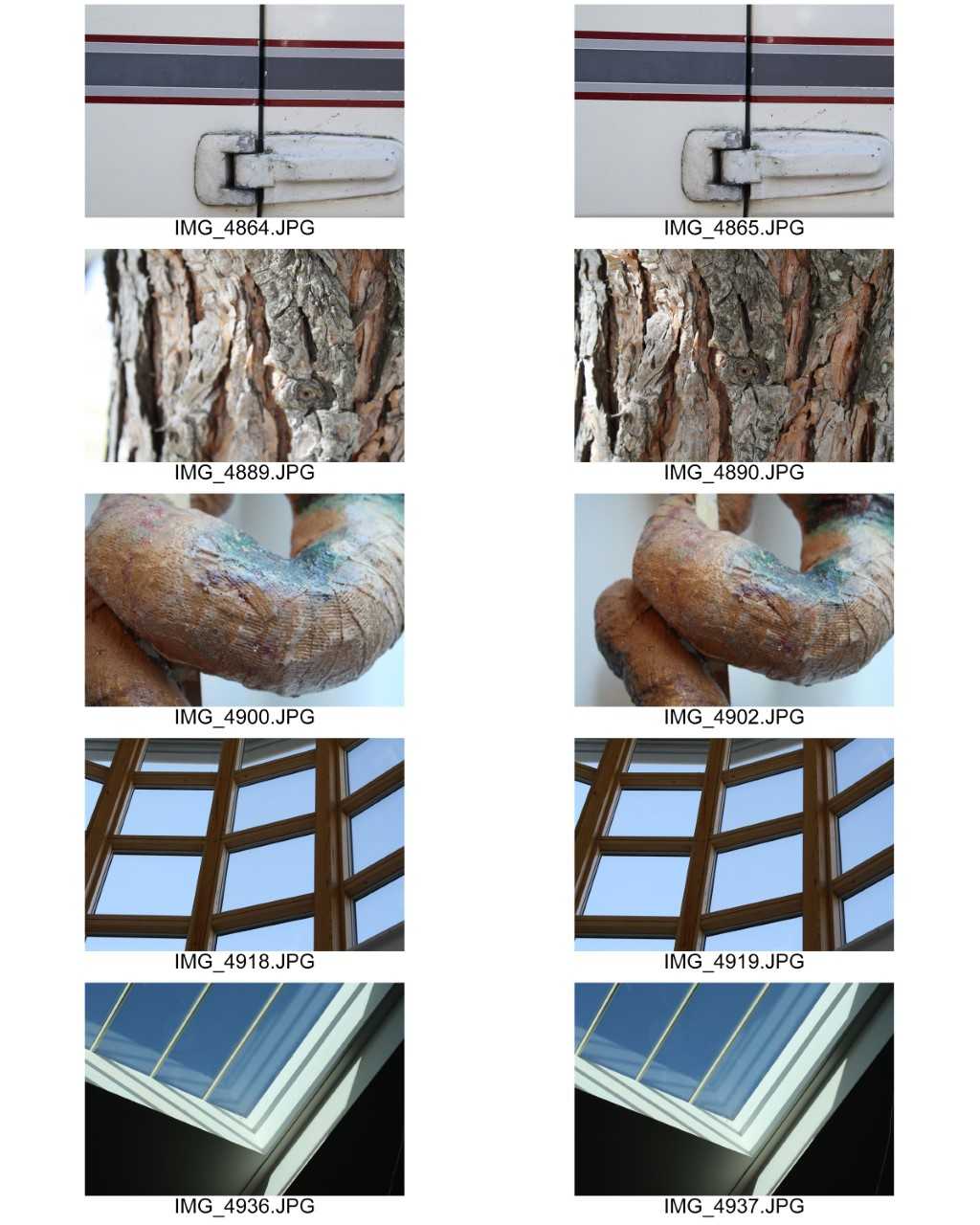
Contact Sheet:
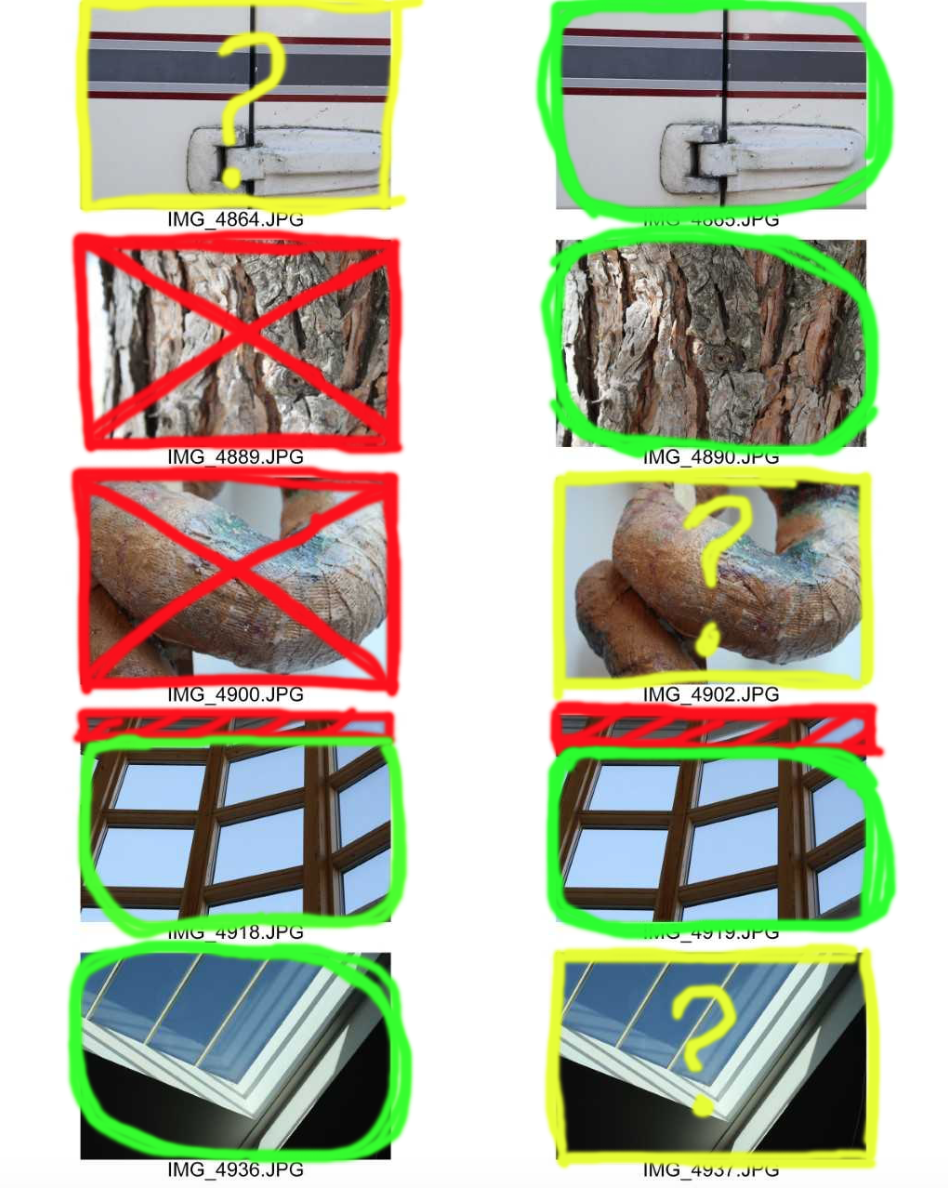
This is my contact sheet with the few images I have selected to edit.
Green circle - An image I would like to further use.
Red cross - An image I would not like to use.
Red F - The image is out of focus.
Red shading - The part of the image I would like to crop out.
Yellow question mark: An image I am unsure whether to edit or not.
Here are my final images:
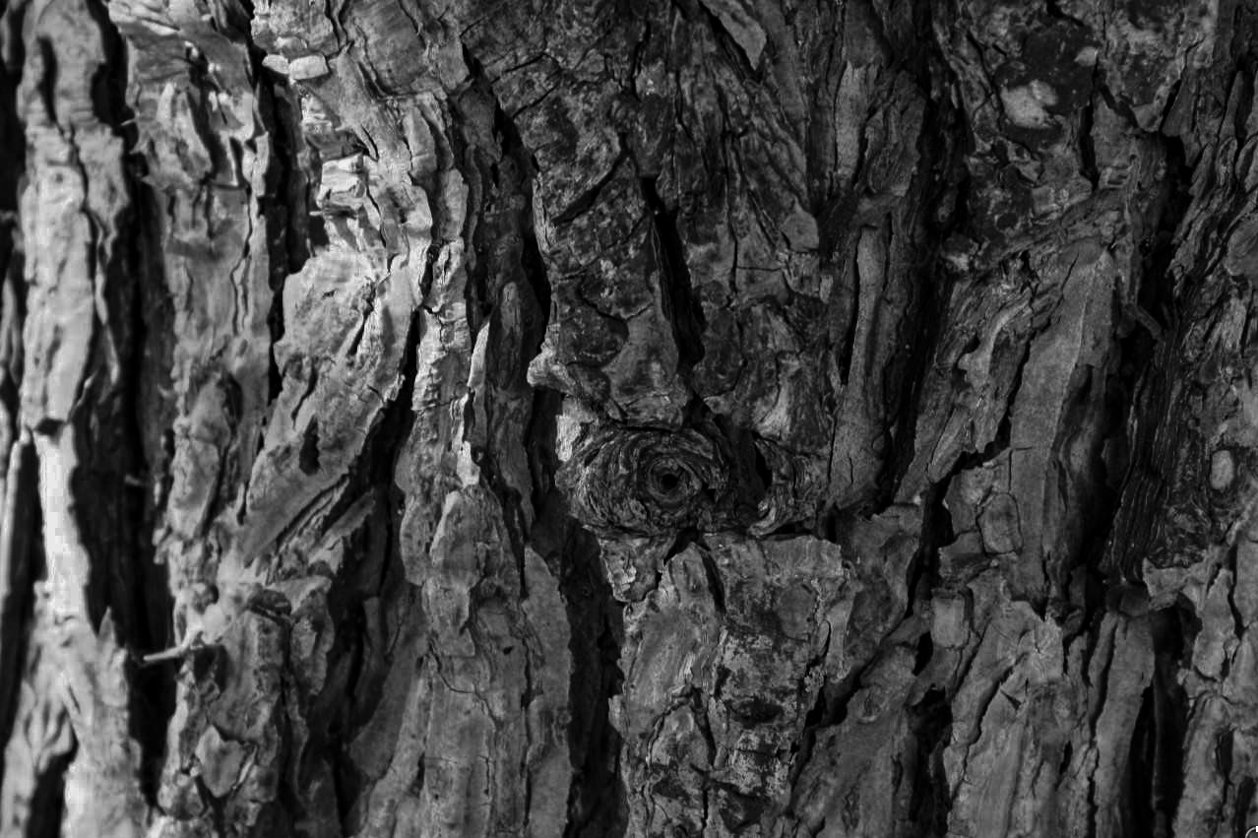
I used adobe lightroom for this image, I applied a black and white preset because Renger-Patzsch's work was mainly in black and white. I then hightened the clarity and lowered the exposure. I then played around with the shadows and highlights until the image looked aesthetically pleasing. I like the depth of field created because the image is focused on the knot in the centre, and particularly towards the right of the photo, the blurryness.

Once again I used adobe lightroom to manipulate this image. I applied a black and white preset, hightened the contrast, clarity and highights, while lowering the shadows. The image has a crisp look to it and there is no depth of field created. I also cropped the image to remove some of the unwanted wall so it focuses on the actual image.
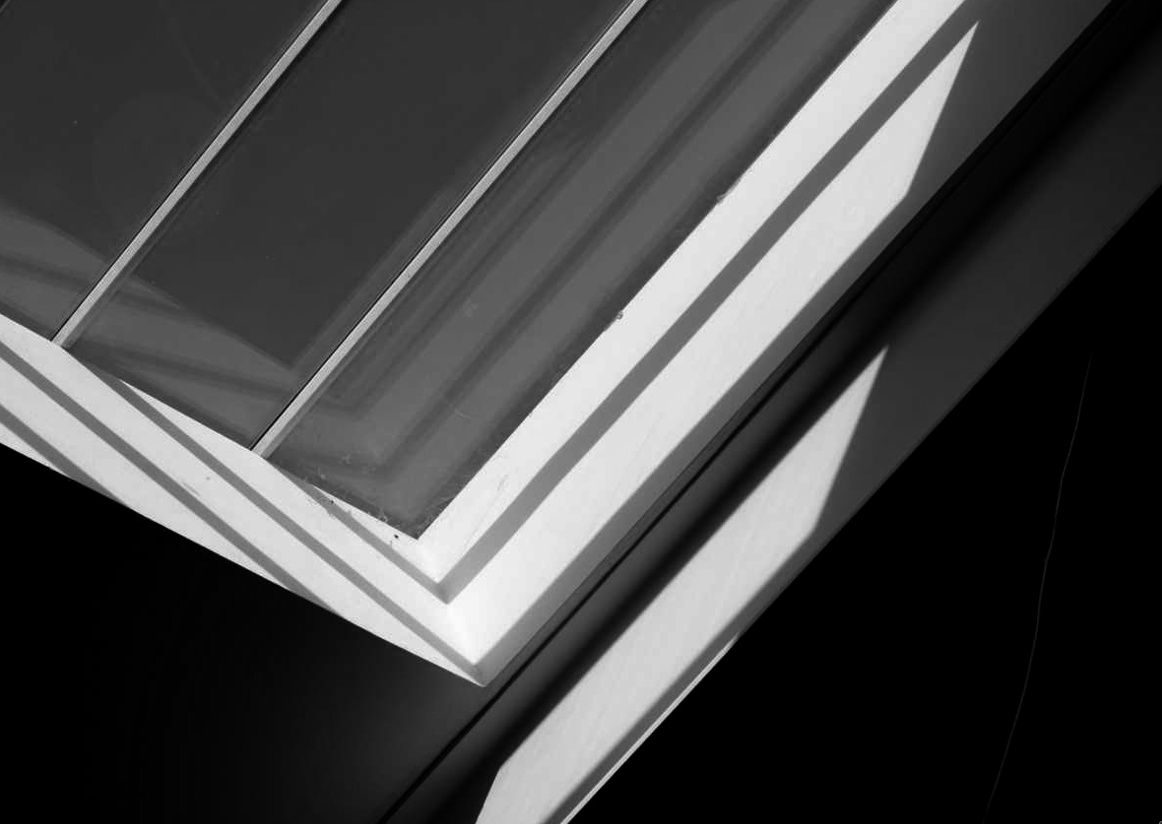
In this photo I used adobe lightroom to edit this image. I liked the contrast of light in the photo, especially the light reflected on the left which juxtaposes the dark shadow of the wall. I applied a black and white preset, then lowered the exposure and shadows. However, then I hightened the clarity, highlights and contrast. I then slightly cropped the image.
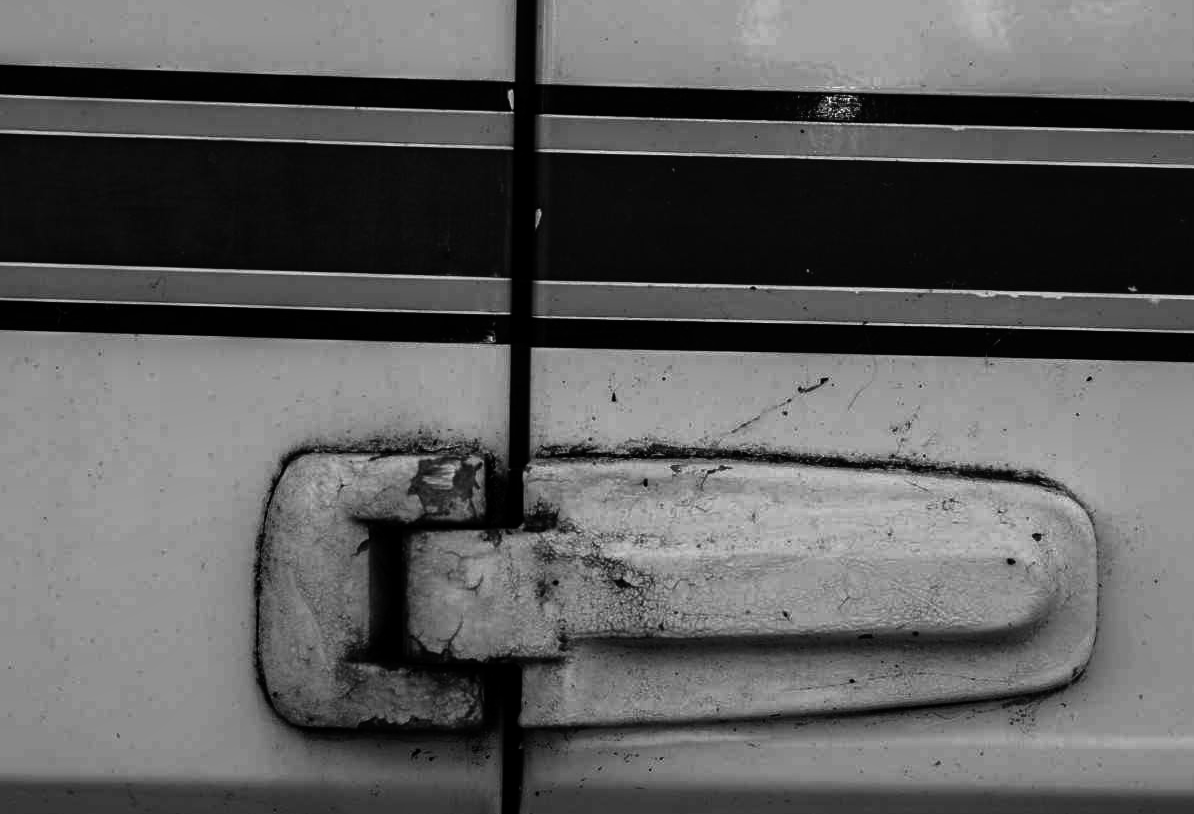
My final image is of a hinge on a caravan door. I applied a black and white preset on adobe lightroom, then hightened the contrast, clarity and shadows. I then lowered the highlights and exposure. I also slightly cropped the image to create more focus on the actual door hinge than the door.



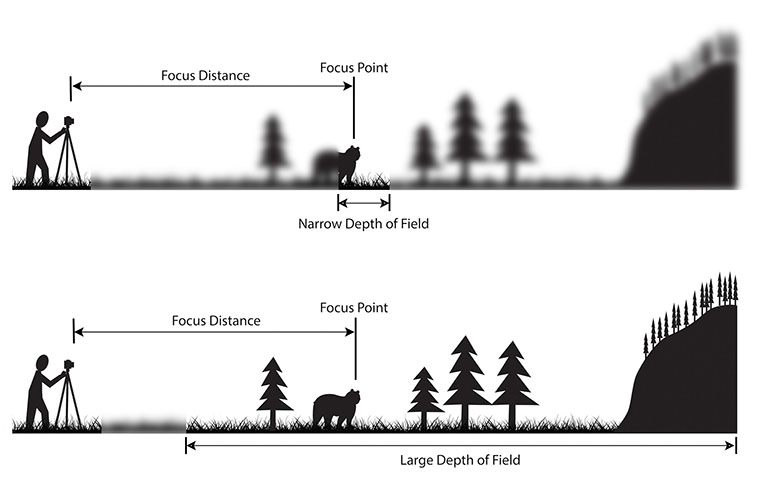 Aperture: ‘The opening in the lens.’ When we hit the shutter release button of the camera a hole opens up that allows your cameras image sensor to catch a glimpse of the scene you’re wanting to capture. The aperture that you set impacts the size of that hole. The larger the hole the more light that gets in – the smaller the hole the less light.
Aperture: ‘The opening in the lens.’ When we hit the shutter release button of the camera a hole opens up that allows your cameras image sensor to catch a glimpse of the scene you’re wanting to capture. The aperture that you set impacts the size of that hole. The larger the hole the more light that gets in – the smaller the hole the less light.






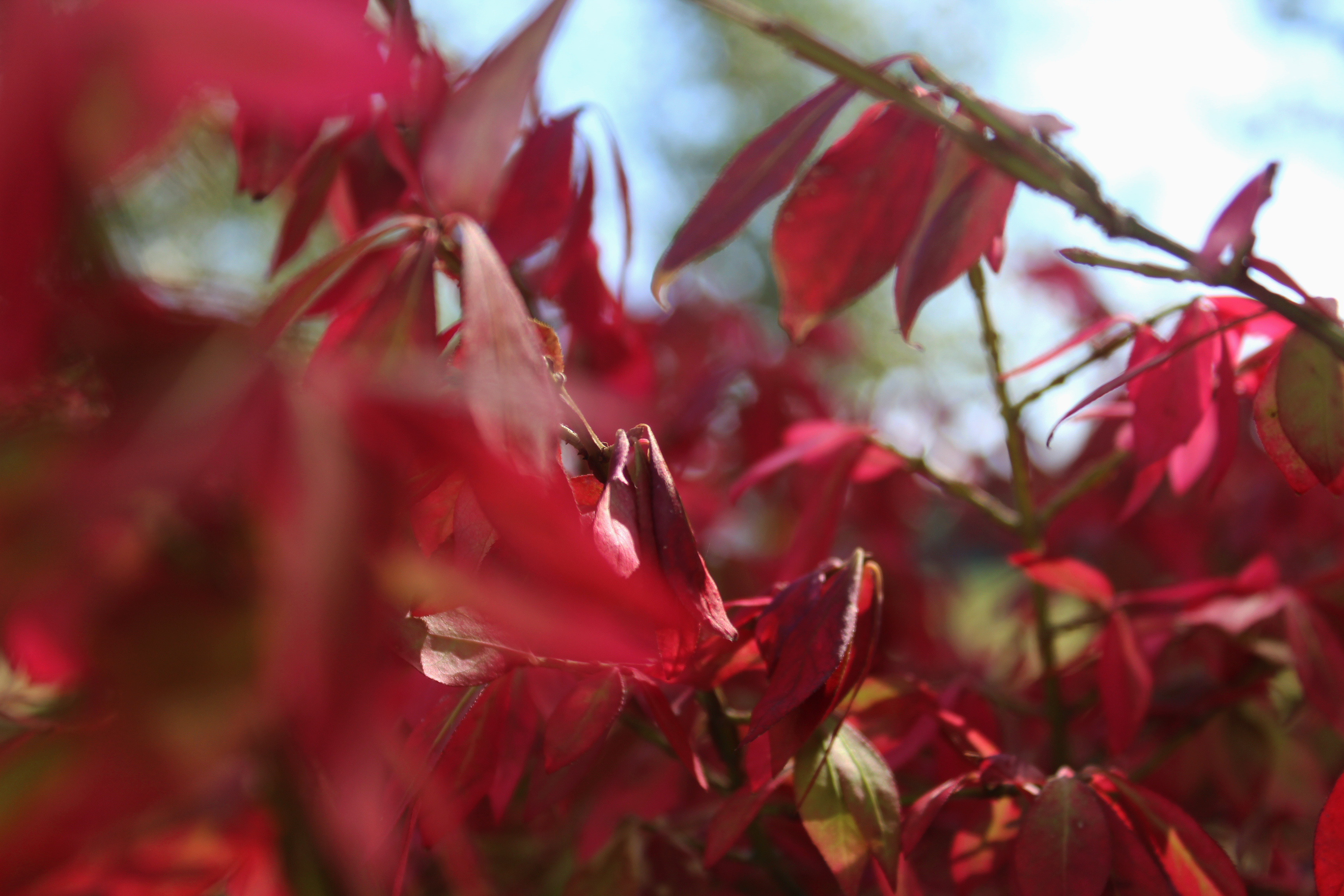
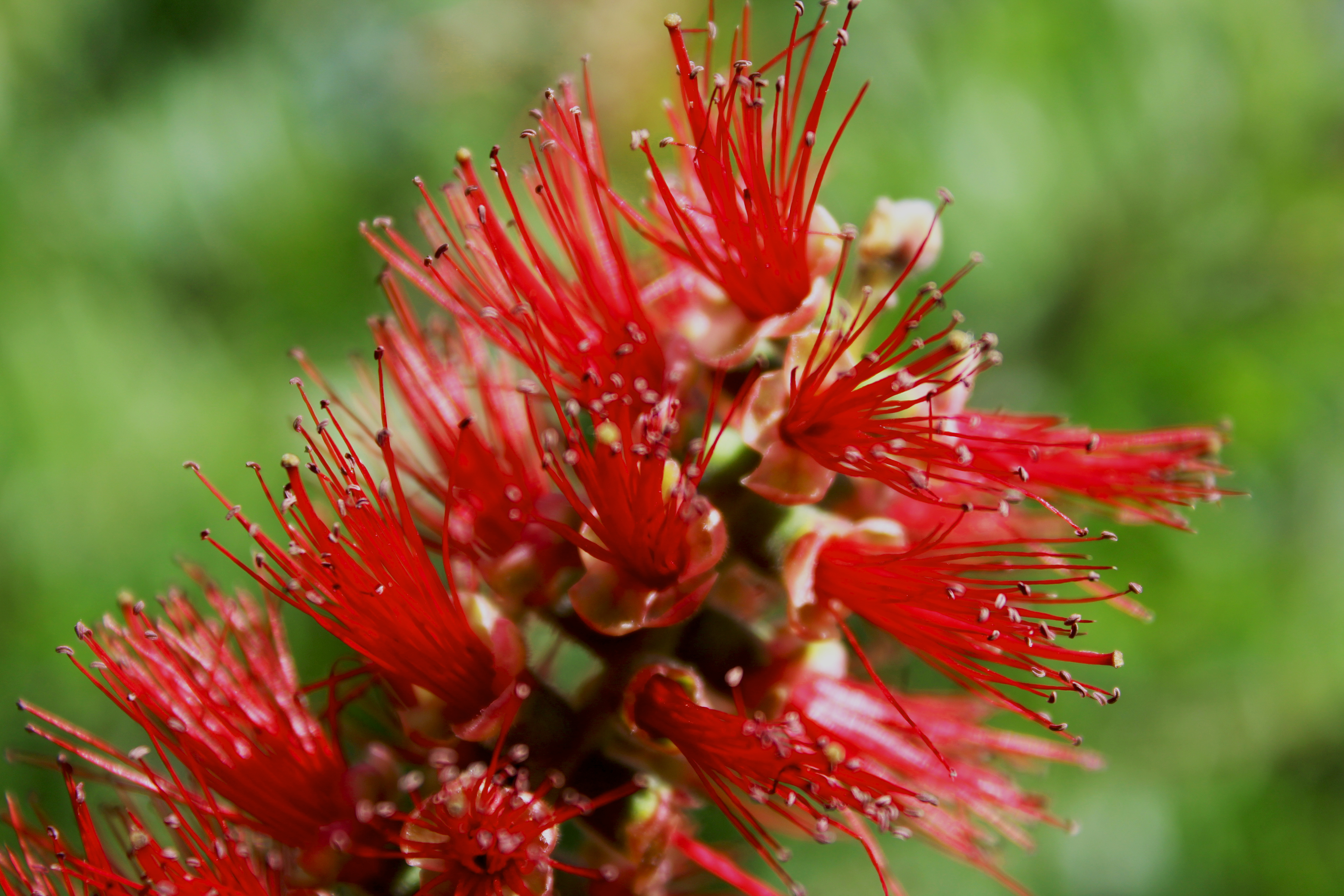
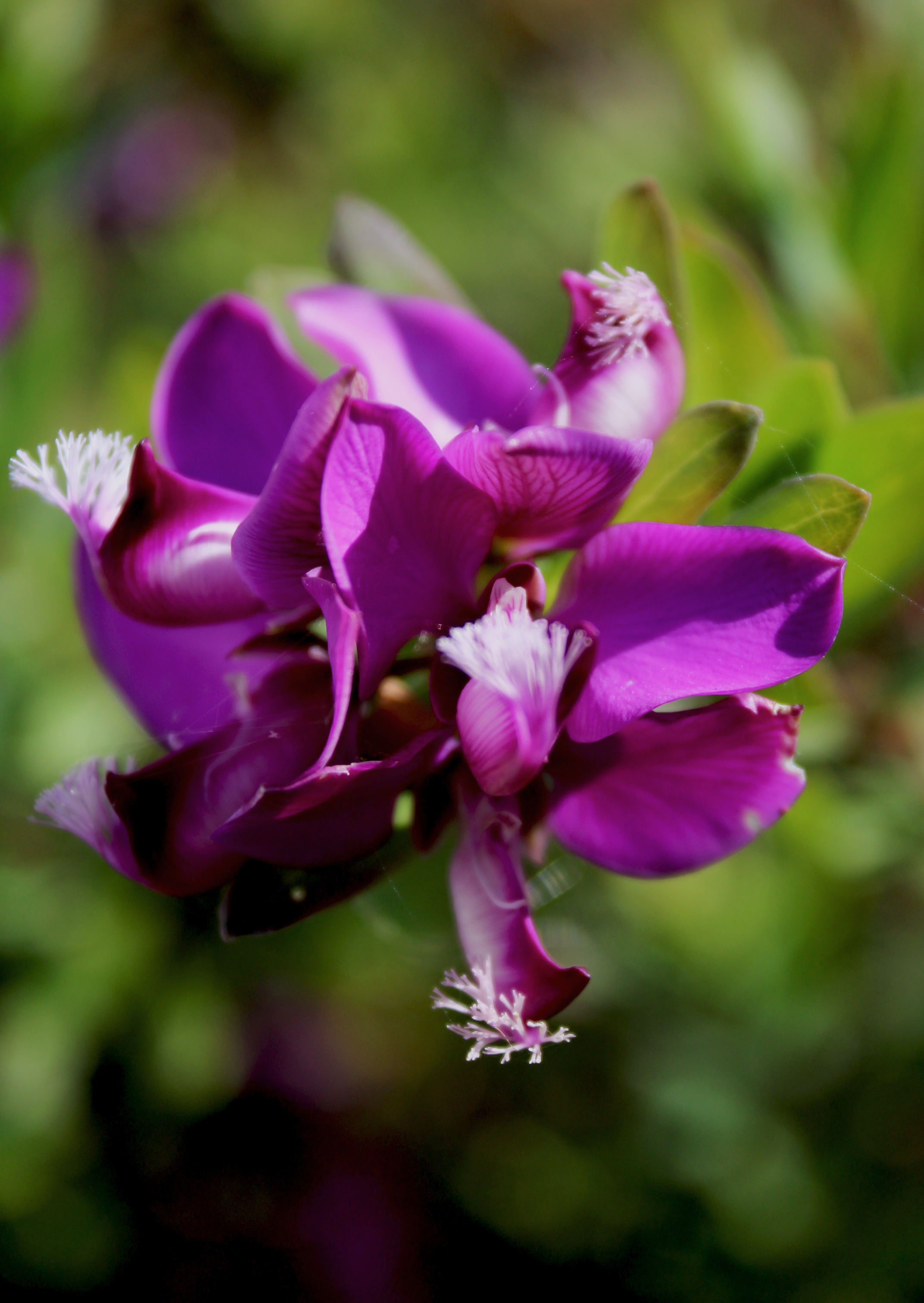

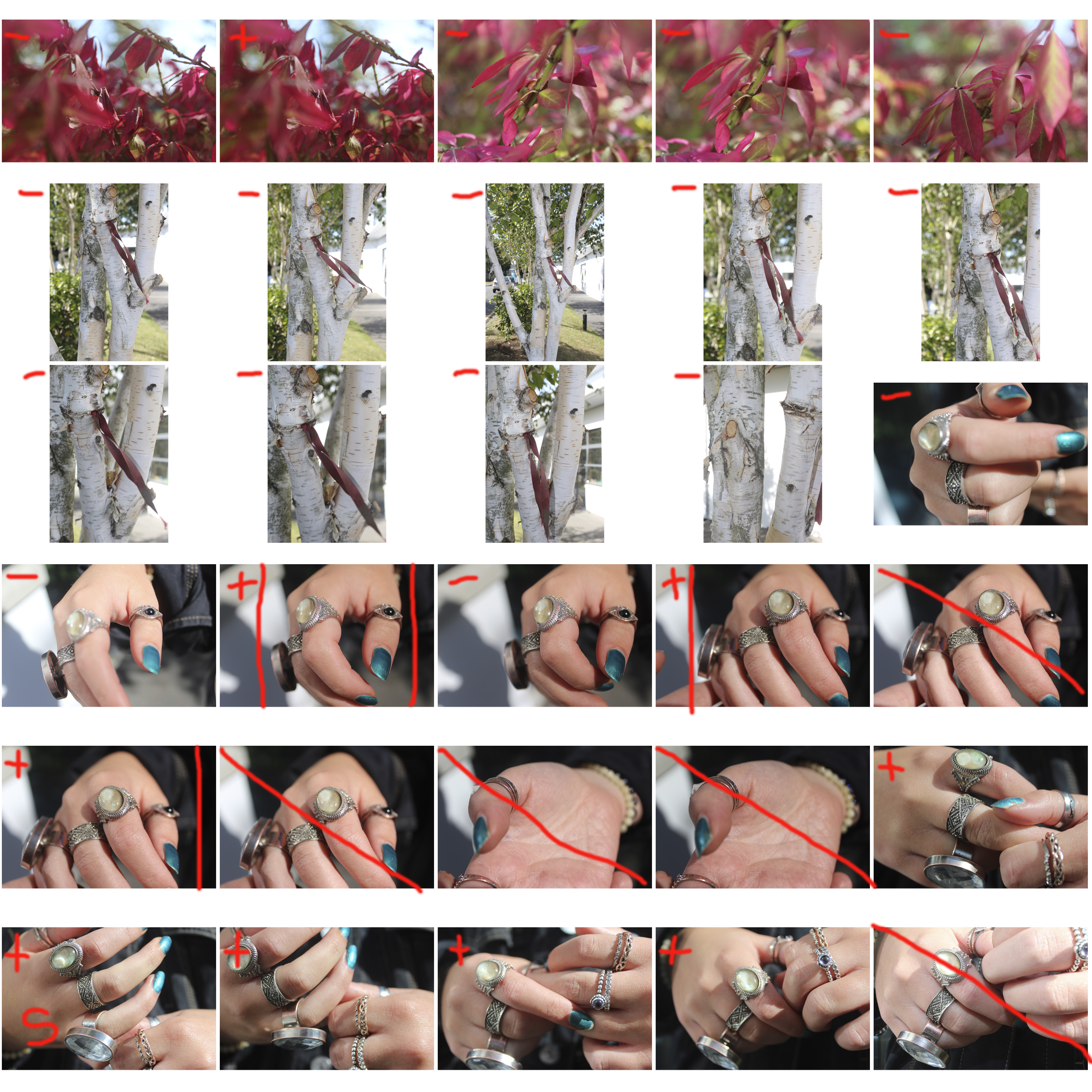







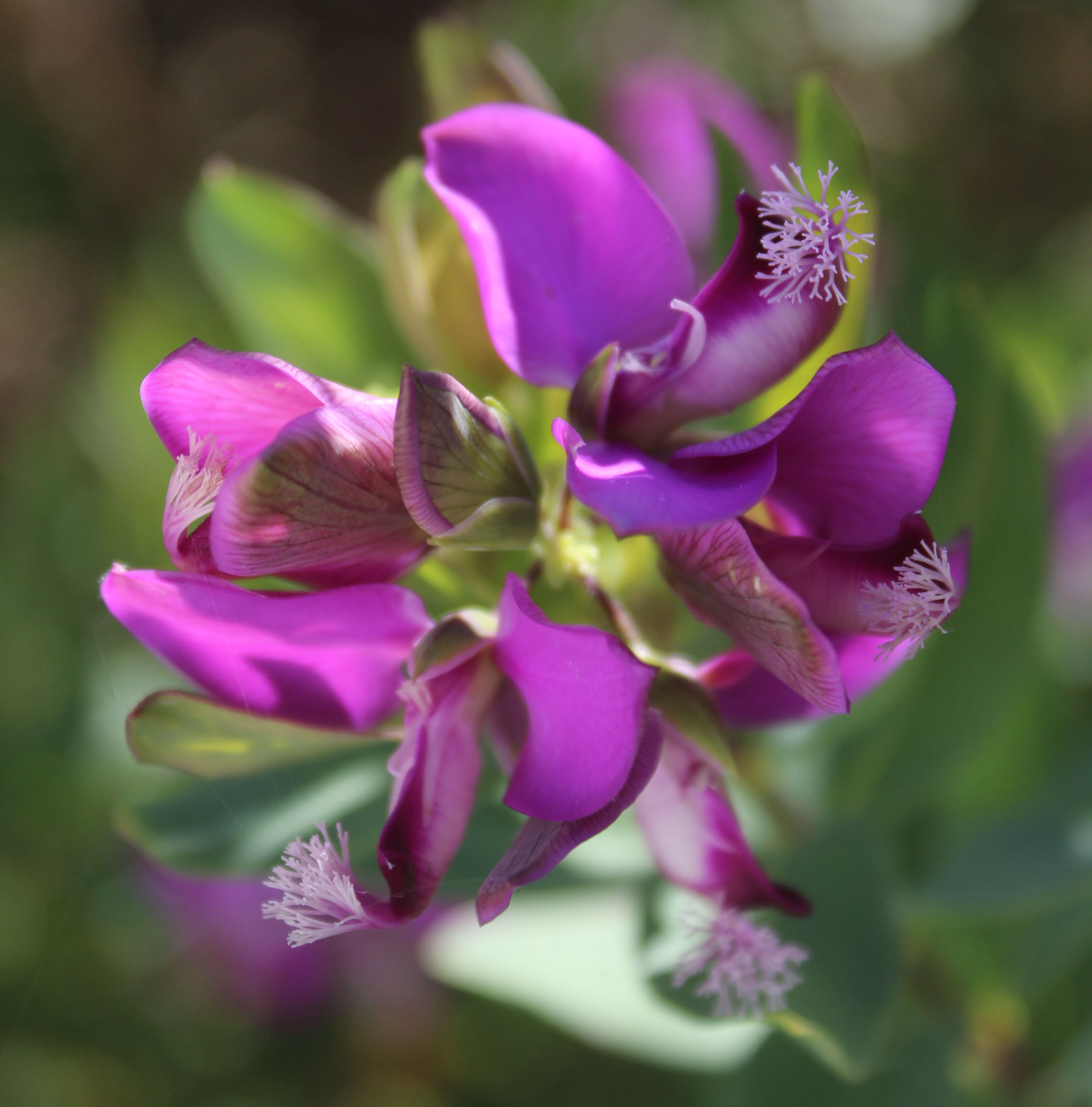
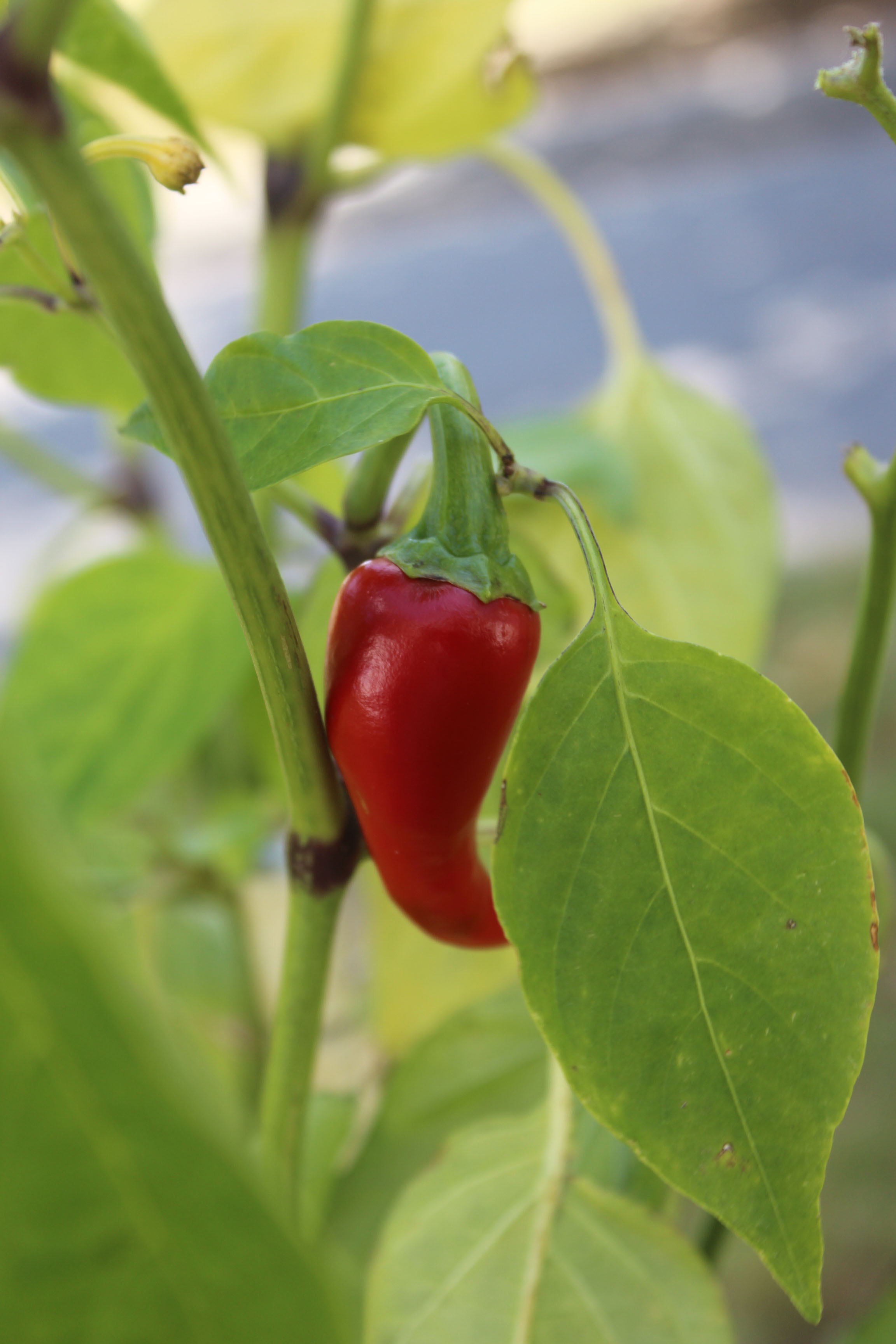


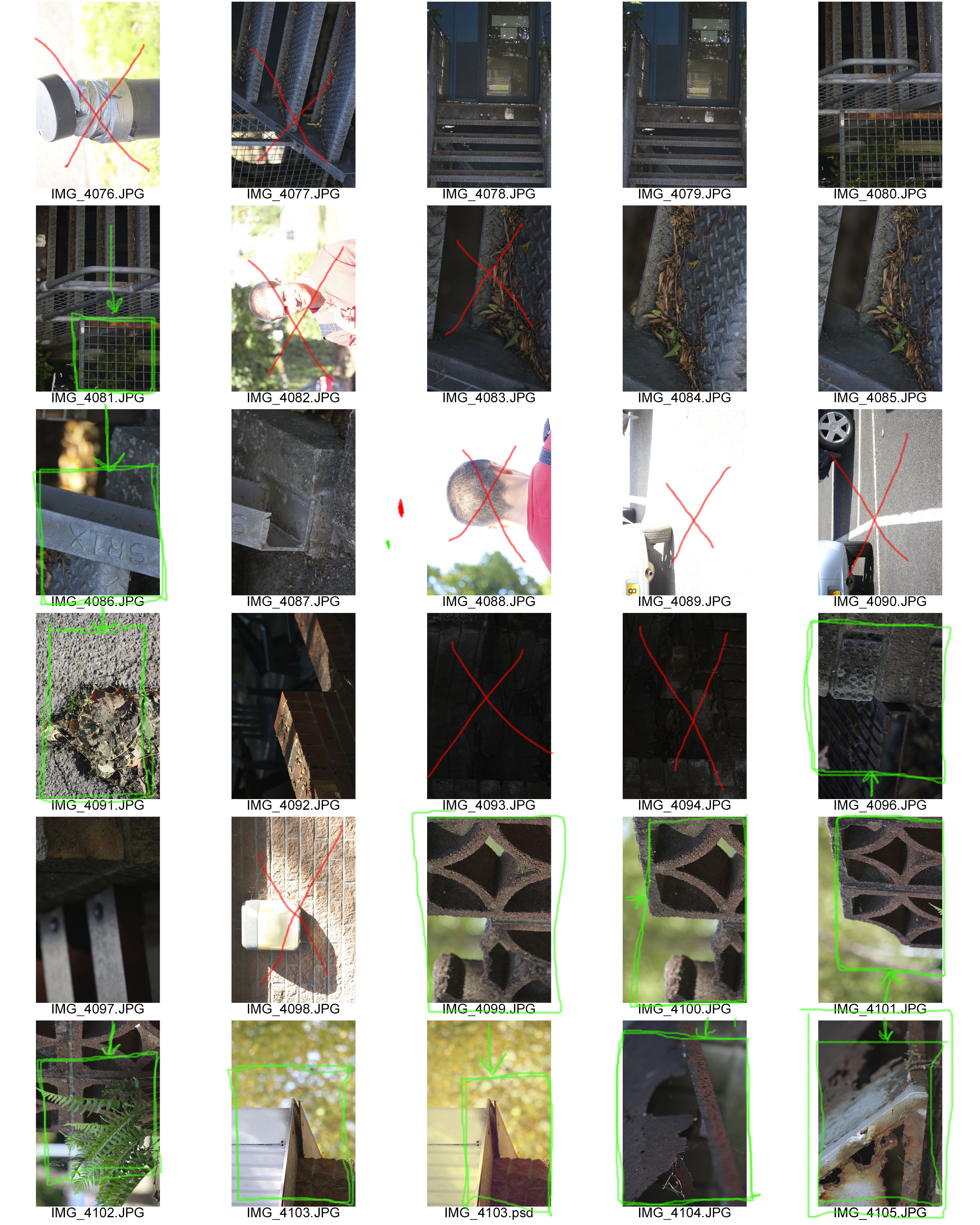




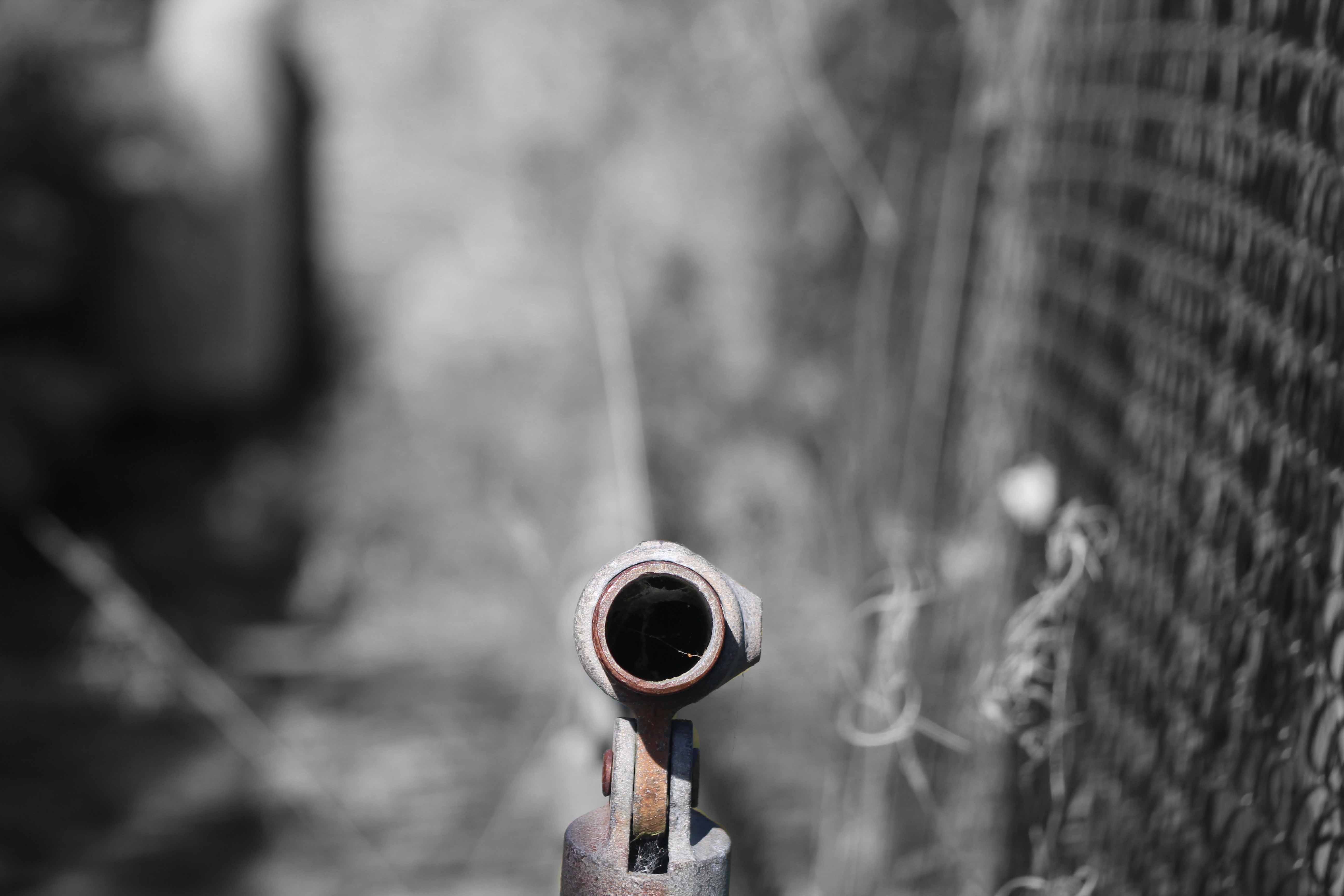





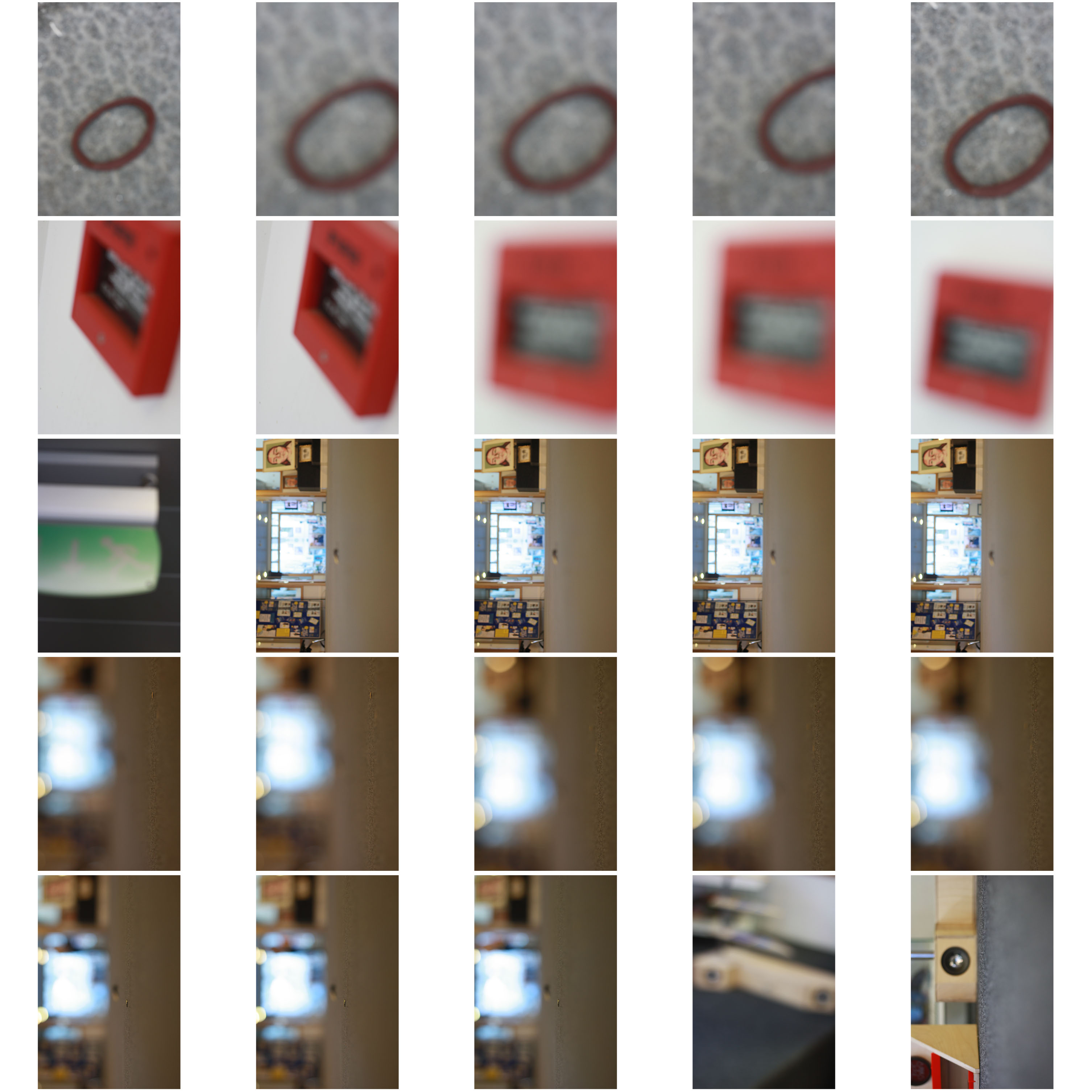





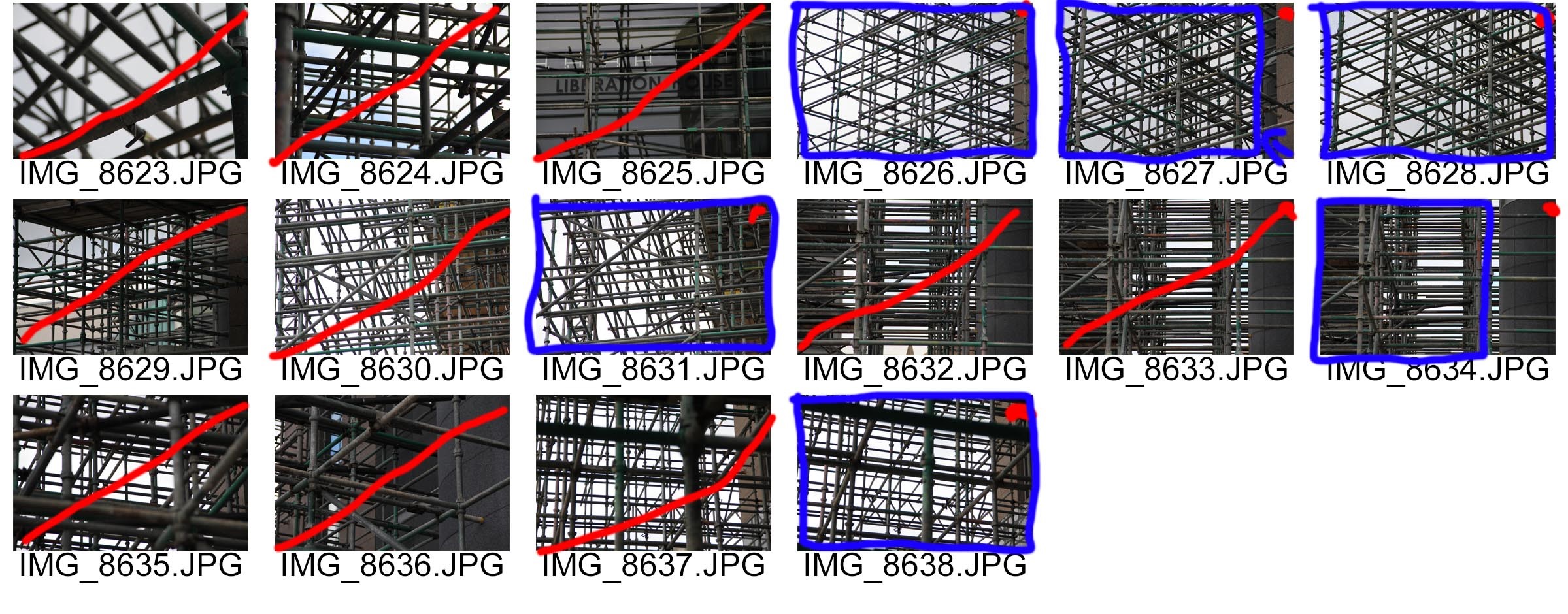
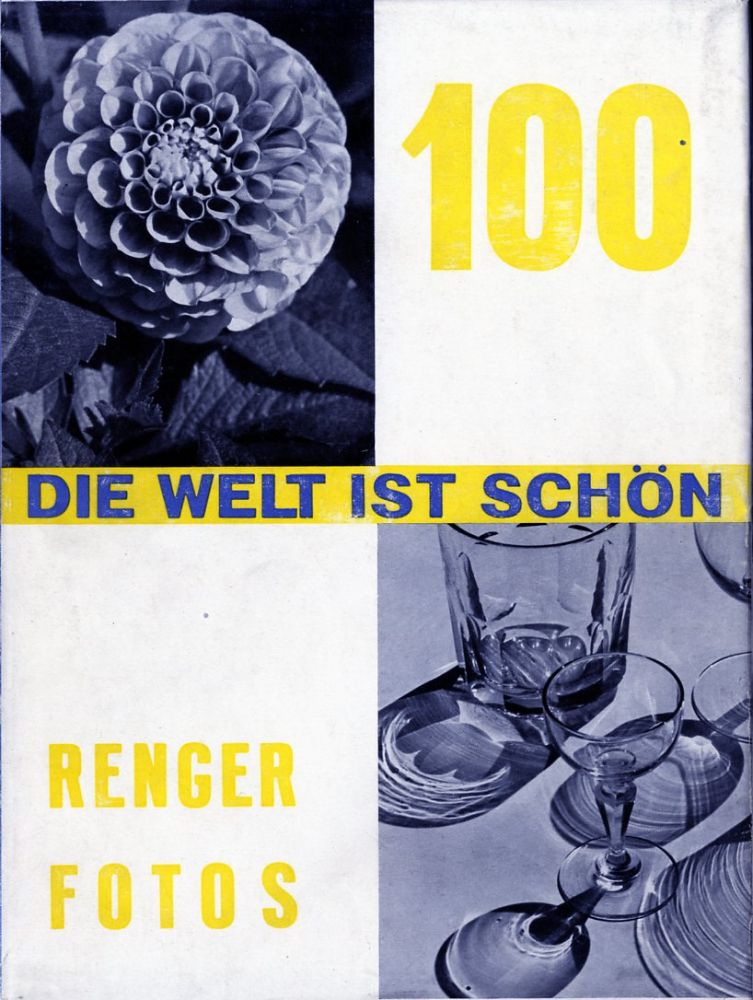
 Patzsch was known for taking pictures that faithfully recorded his view on the world. This was especially relevant in Germany (where he was working) at the time, as they had just lost the war. He wrote “There must be an increase in the joy one takes in an object, and the photographer should be fully conscious of the splendid fidelity of reproduction made possible by his technique”
Patzsch was known for taking pictures that faithfully recorded his view on the world. This was especially relevant in Germany (where he was working) at the time, as they had just lost the war. He wrote “There must be an increase in the joy one takes in an object, and the photographer should be fully conscious of the splendid fidelity of reproduction made possible by his technique”

